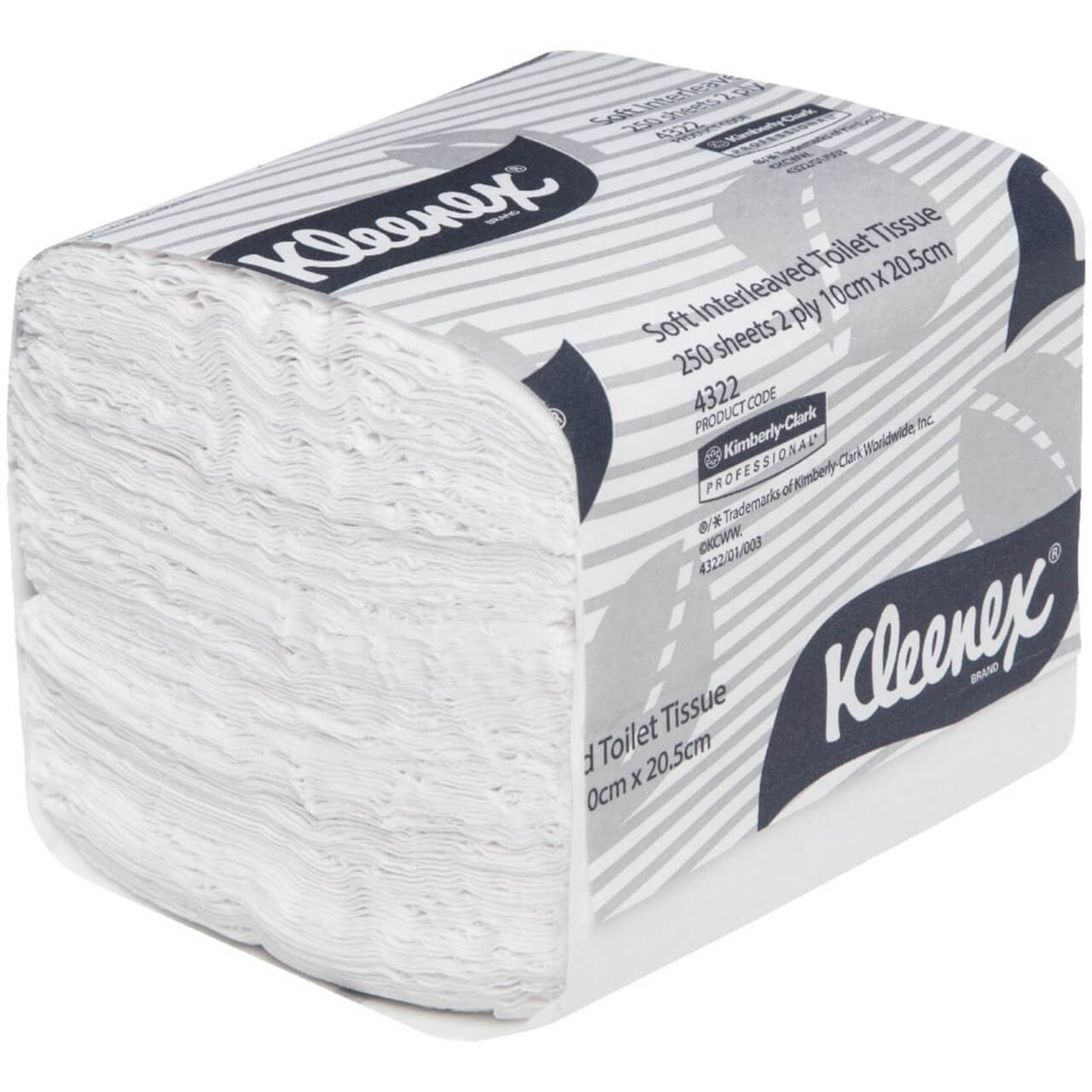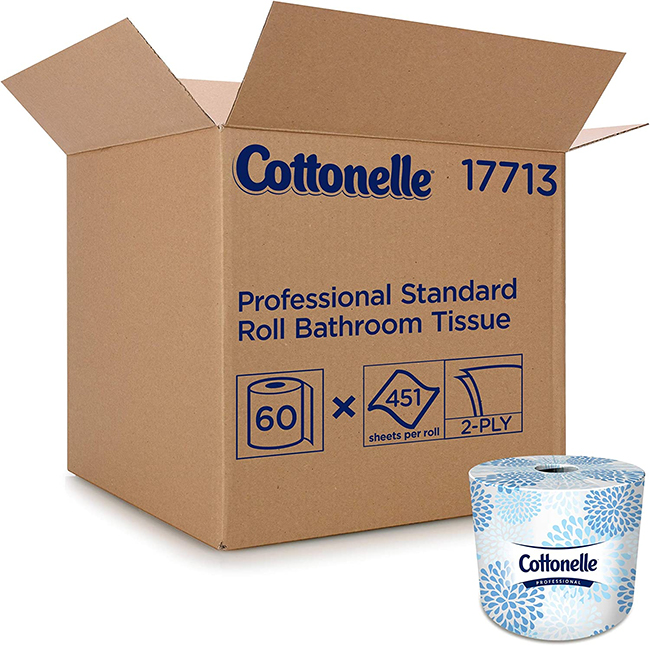toilet paper. It’s a small, yet essential part of our daily lives. We use it without a second thought and rarely give it much attention. But have you ever stopped to wonder about its origins or importance? This seemingly simple invention has a fascinating history, from its humble beginnings to the wide array of options available today. So let’s take a journey through time and unravel the secrets of toilet paper.
Toilet Paper Revelations: Unraveling the Secrets of Kleenex

When you think of toilet paper, one brand that likely comes to mind is Kleenex. This household name has become synonymous with toilet paper, but it wasn’t always that way. In fact, Kleenex was originally marketed as a facial tissue and only later became known as a toilet paper brand.
Kleenex: A Household Icon’s Story
Kleenex was first introduced in 1924 by the Kimberly-Clark Corporation as a disposable alternative to handkerchiefs. At the time, using cloth handkerchiefs was the norm, but they were often unsanitary and could spread germs. Kleenex, made from soft, absorbent paper, quickly gained popularity as a more hygienic option.
In the 1930s, Kleenex launched the first commercially branded toilet paper, called “Kleenex Cleansing Tissue.” It was advertised as a softer, more luxurious option compared to traditional rough and harsh toilet paper. However, it wasn’t until after World War II that Kleenex toilet paper really took off, thanks to advancements in papermaking technology.
The Throne’s Essentials: An Exploration of Toilet Paper Brands

Today, Kleenex is just one of many toilet paper brands on the market. Let’s take a closer look at some of the most popular brands and their unique features.
Charmin Ultra Soft
Charmin is a leading brand in the world of toilet paper, known for its ultra-soft and cushiony texture. It was first introduced in 1928 by the Hoberg Paper Company, which was later acquired by Procter & Gamble. Charmin’s signature blue packaging and cuddly bear mascot have made it a household name and a top choice for many consumers.
Scott 1000 Sheets Per Roll
For those who prefer a more budget-friendly option, Scott toilet paper may be the way to go. With 1000 sheets per roll, this brand claims to offer the most sheets on a single roll compared to its competitors. Scott also boasts that their paper dissolves four times faster than the leading brand, making it a popular choice for septic systems.
Paper Power: The Evolution of toilet rolls

From sponges to silk, toilet paper has come a long way over the centuries. Let’s take a trip back in time and explore how this essential bathroom item has evolved.
From Sponges to Leaves
Believe it or not, the earliest known form of toilet paper dates back to the 6th century AD in China. It was made from soft materials such as cotton, plant fibers, or sponge, and was reserved for use by emperors. In ancient Rome, people used a sponge attached to a stick called a “tersorium” to clean themselves after using the toilet. In other parts of the world, people used different natural materials such as leaves, grass, or even corn cobs.
The Birth of Modern Toilet Paper
The modern version of toilet paper we know today was first invented in 1857 by American Joseph Gayetty. He sold flat sheets of medicated paper called “Gayetty’s Medicated Paper” to be used as an alternative to cloth. It wasn’t until the late 19th century that papermaking machines were invented, making it possible to produce toilet paper on a larger scale. This led to a significant improvement in the quality and availability of toilet paper.
From Sponges to Silk: The Astonishing History of Toilet Paper
Toilet paper has been used in some form or another for centuries, but it wasn’t until the 20th century that it became a staple in most households. Let’s take a closer look at how this simple invention went from being a luxury item to a basic necessity.
A Luxury Item in the Early 1900s
In the early 1900s, toilet paper was still considered a luxury item that only the wealthy could afford. It was often found in high-end hotels and restaurants, while the rest of the population resorted to using newspapers, catalogs, or even pages from books. In some countries, people still use their left hands or water for cleansing after using the toilet.
The Rise of the Middle Class and Toilet Paper Demand
The industrial revolution brought about the rise of the middle class and an increase in demand for household products. This included toilet paper, which was now more affordable and accessible due to advancements in production technology. By the 1930s, toilet paper had become a standard fixture in most bathrooms, and by the 1950s, it was seen as a symbol of cleanliness and modernity.
Rolls and Responsibilities: Environmental Considerations in Toilet Paper
With the rise of environmental awareness, many people have started to question the impact of toilet paper production and usage on the planet. Here are some key considerations when it comes to choosing more eco-friendly options.
Recycled Toilet Paper
Recycled toilet paper is made from post-consumer waste paper, such as office paper or newspapers. Using recycled materials helps to reduce the amount of timber and virgin pulp needed for production. However, it’s important to note that recycled toilet paper may not always be the most sustainable option. The production process may involve harsh chemicals and bleaches, and it also uses a significant amount of water.
Bamboo and Other Sustainable Materials
Bamboo has gained popularity as an alternative material for toilet paper due to its fast-growing nature and sustainability. Unlike trees, bamboo can quickly regenerate after being harvested, making it a more renewable resource. Other sustainable materials used for toilet paper include hemp, which requires less water and pesticides compared to traditional crops, and even silk, which is biodegradable.
DIY Toilet Delights: Creative Ways to Repurpose Toilet Rolls
Aside from its intended use, toilet paper rolls can also be repurposed in many creative ways. So before you toss them in the recycling bin, here are a few fun things you can do with them.
Create Wall Art
Toilet paper rolls can be transformed into beautiful wall art pieces. Cut the rolls into different sizes and shapes, paint or decorate them, and then glue them together to create unique designs. You can even make a statement piece by using multiple rolls and painting them all one color.
Make Seed Starters
Toilet paper rolls can also be used as seed starters for your garden. Simply fill the rolls with soil and plant your seeds. When the seedlings are ready to be transplanted, you can directly plant the entire roll into the ground. This method reduces waste and prevents transplant shock for the seedlings.
Organize Cords
Instead of having tangled cords lying around, use empty toilet paper rolls to keep them neatly organized. Cut a slit on one end of the roll and wrap the cord around it before securing it in place. Not only does this save space, but it also makes it easier to find the cord you need.
Bowel Movements through Time: A Cultural Journey of Toilet Paper
Toilet paper has been used differently throughout history and in various cultures. Here are some interesting facts about how toilet paper is used around the world.
Japan
In Japan, traditional toilet paper was made from rice straw until the late 19th century. Today, high-tech toilets with built-in bidet functions have become the norm. These toilets not only clean you but also dry you off with a gentle stream of warm air.
India
In India, the use of water for cleansing after using the toilet is still very common. However, modern toilet paper usage is on the rise due to increasing western influences.
Middle East
In many countries in the Middle East, the left hand is considered unclean, and it is forbidden to use it for cleaning after using the toilet. Instead, people use their right hand or water for cleansing.
Tissue Truths: Uncovering the Myths and Facts of Toilet Rolls
There are many myths surrounding toilet paper, from its environmental impact to its potential health risks. Let’s separate fact from fiction.
Recycled Toilet Paper is Always Better for the Environment
As mentioned earlier, recycled toilet paper is not always the most sustainable option. The production process may involve harsh chemicals, and it also uses a significant amount of water. Additionally, some research suggests that recycled toilet paper may contain traces of BPA, which can be harmful to human health.
Using Expensive Toilet Paper is a Waste of Money
While you can certainly find affordable options that get the job done, more expensive toilet paper may offer additional benefits such as softness and durability. Plus, premium brands often use sustainable materials and eco-friendly production processes.
The Throne’s Finest: A Comprehensive Guide to Premium Toilet Paper Options
For those who want the best of the best when it comes to toilet paper, here are a few premium options to consider.
Purex Ultra Soft
Purex Ultra Soft is known for its strength and softness, making it a top choice for many consumers. It’s also septic-safe and made from 100% pure virgin pulp.
Seventh Generation Unbleached Bathroom Tissue
Seventh Generation is a popular brand among those looking for eco-friendly options. Their unbleached bathroom tissue is made from 100% recycled paper and is free of dyes, inks, and fragrances.
Quilted Northern Ultra Plush
Quilted Northern is another top brand known for its ultra-plush toilet paper. It is made from sustainable materials and has received the Forest Stewardship Council certification for responsible forestry practices.
Conclusion
Toilet paper may seem like a mundane part of our daily lives, but its history and evolution tell a different story. From sponges and leaves to the wide array of options available today, toilet paper has come a long way and continues to evolve. So the next time you reach for a roll, take a moment to appreciate this simple yet essential invention that has revolutionized our bathroom experiences.